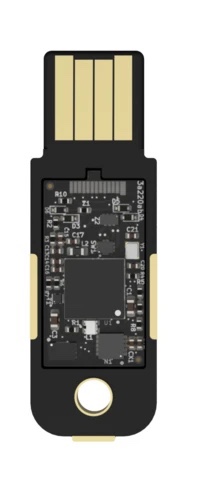Nzyme is a free and open WiFi defense system that detects and physically locates threats using an easy to build and deploy sensor system.
(From: https://www.nzyme.org/)
If I were responsible for IT security I would definitely give this a good look.
Nzyme is a free and open WiFi defense system that detects and physically locates threats using an easy to build and deploy sensor system.
(From: https://www.nzyme.org/)
If I were responsible for IT security I would definitely give this a good look.
This is a hobby computer based on the 65C02 processor. (I use 6502 and 65C02 interchangeably in this document, but there are some differences)
There are already many computers based on the 6502 processor, old ones such as as the Apple 1, Apple II, Commodore 64 and many more; and many more recent ones, from homebrew affairs on prototype board, to complete replicas of old systems.
The one that most closely resembles the Planck is probably the RC6502, itself based on the RC2014 (which uses a Z80 processor) with adaptations to the expansion bus to make it fit the 6502 processor.
Planck is a new variant on this type of expandable machines with a different set of tradeoffs.
(From: https://planck6502.jfoucher.com/)
I really like the genre of small, hobbyist built computers, especially with a retro vibe. I need to actually learn how to use KiCAD one of these days and start on a similar project.

(From: https://solokeys.com/blogs/news/our-solo-v2-campaign-launches-on-january-26th)
If you need a hardware two-factor solution, this looks like a really interesting option. The hardware and firmware for their past products are open source (and I assume the designs for the new one will be as well). The nested PCB construction is especially interesting.
Due to an abundance of one specific type of DVD drives, plans were made to give a useful afterlife to these devices. A laser scanning microscope seemed to be the most useful project.
(From: https://loetlabor-jena.de/doku.php?id=projekte:dvdlsm:start)
Not an easy project, but an interesting re-use of old DVD drive components.
I fancied getting an eink screen to use for future projects. I bought a wee one with a raspberry pi “hat” attached. However, I realised later that I could maybe just re-purpose an old Amazon Kindle ebook reader.
(From: https://blog.lidskialf.net/2021/02/08/turning-an-old-kindle-into-a-eink-development-platform/)
This is a good article on repurposing an old Kindle as an e-ink display or development platform. This could be a great way to build the e-ink weather station I’ve had as a project idea. Very cool!
There was a time, now forgotten, where the expectations was that computers would run on fluid currents rather than electric currents.
(From: https://erik-engheim.medium.com/microprocessors-running-on-air-a47a702dd41f)
Fascinating! I’d never heard of this technology, but it makes sense and it’s really interesting that it could be useful for computing in ultra-harsh environments like the surface of Venus.
Pick-and-mix to create your own custom computer on a low-cost FPGA board
(BASIC, Z80, 6502, 6809, internal/external RAM, serial/keyboard+monitor, SD-card for CP/M or other storage)…step by step design and implementation
(From: http://www.searle.wales/)
The ZedRipper project I previously linked used some FPGA cores from this project, which is very cool in its own right. I’m looking forward to trying this one someday!
RSD is a 32-bit RISC-V out-of-order superscalar processor core. RSD is very fast due to aggressive OoO features, while it is very compact and can be synthesized for small FPGAs.
(From: https://github.com/rsd-devel/rsd)
I’m excited about all of the innovation and ongoing development around RISC-V, especially for FPGA implementations and custom chips. The original academic paper for this one (RSD) was published in 2019, but it’s still being actively developed.
I’ve just merged in a change to FluxEngine, my open-source and easy to build USB floppy drive interface, which will let you use it to write Macintosh 800kB GCR disks using a normal PC drive.
(From: http://cowlark.com/2021-01-05-mac-800k-discs/)
This is fantastic! Writing 800k floppies for old Macs that don’t support 1.4 MB floppies has long been a huge problem for the retro Mac community, especially those that don’t have any SuperDrive equipped Macs to be a bridge machine.
Meet the ZedRipper – a 16-core, 83 MHz Z80 powerhouse as portable as it is impractical.
(From: http://www.chrisfenton.com/the-zedripper-part-1/)
I love this – Unexpected, somewhat impractical, and very well done! I missed the Z80 and CP/M era, but this makes me want to play around with it some time.